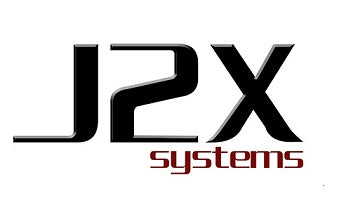Trying to use any wire or cable that has unpredictable bends and twists can be both frustrating and expensive. These bends and twists are likely the result of stresses introduced during manufacturing or delivery. Wire straighteners will redistribute these stresses reducing or eliminating distortion, but what can you do if your straightener doesn’t solve the problem? Read on for a few suggestions that might help.
1. Check the entire wireline from start to finish
Over time pulleys and sheaves can loose alignment or freeze. Make sure that anything that can touch the material from the time it is extracted from the package until the final product has been completed is functioning as intended. Wire rubbing against any stationary surface will always introduce distortion and variation. Everything that touches the wire should be aligned and moving freely.
2. Confirm that the wire you are using meets specifications
It’s possible that the wire or cable you are having problems with may deviate from the basic specification. Don’t assume that your material is free from defects. Start by comparing the data sheet that came with the material, the package label, and the product specification. They should all match. Next, measure the dimensions to confirm that the material is consistent with what is printed on the label. Any discrepancies you find may or may not be causing your problem, but in any case should be brought to the attention of your vendor.
3. Material handling and storage
Even if the wire or cable was manufactured and packaged perfectly there are plenty of opportunities to negatively add distortion due to careless transportation and storage practices. Maintaining a clean storage environment and avoiding huge temperature variation will provide you with a more consistent product. Little things like making sure that wire and cable packaged on reels is always transported and stored in a vertical attitude. No one enjoys using a reel that had been laid on its side as it is almost certain that the material will be tangled and kinked.
4. Evaluate equivalent wire from other suppliers
Don’t assume that just because a wire or cable has the same specification that it will be made with the same manufacturing process and have the same handling characteristics. Wire from different manufacturers may look the same and have an identical specification, but it is virtually impossible for their manufacturing processes to be identical. Drawing speed, drawing die composition, annealing process and even something as minor as the drawing lubricants are just a few of the variations a manufacturer can make that can affect the stresses that are present in the final product. Some of these invisible differences can have a huge impact on the handling characteristics of the wire.
5. Is the packaging affecting the wire
Packaging is one of the most common causes of wire handling problems. In marketing their products wire and cable manufacturers and distributors try to balance a wide variety of customer demands to maximize sales. Since most of these wire and cable vendors are suppliers, not users, they may choose to sacrifice handling in favor of other characteristics. One common concession that is often made is to wind the material on a reel that has a tight core diameter. Winding around a small core will increase the amount of material on the reel, but will simultaneously magnify any cast and helical deformation.
Other factors like winding tension, binding material and even shrink wrap pressures can make a difference. The point is that in many situations the wire or cable you need is probably available in a variety of package types and sizes. Don’t be afraid to shop around to get the package that best satisfies your needs.
6. Make sure that your straightener is in good shape.
A good wire straightener can last a long time but even the most robust designs will eventually need some attention. Check the rollers to make sure that each one is moving freely without drag, grind, or wobble. Tighten all bolts and screws and verify that the rollers are properly aligned with one another. Most important, don’t forget to sight down the wireline of your straightener to make sure that both the horizontal and vertical planes form a straight line.
I hope some of these tips will help you improve the condition of your wire or cable and allow your straightener to improve its performance.

